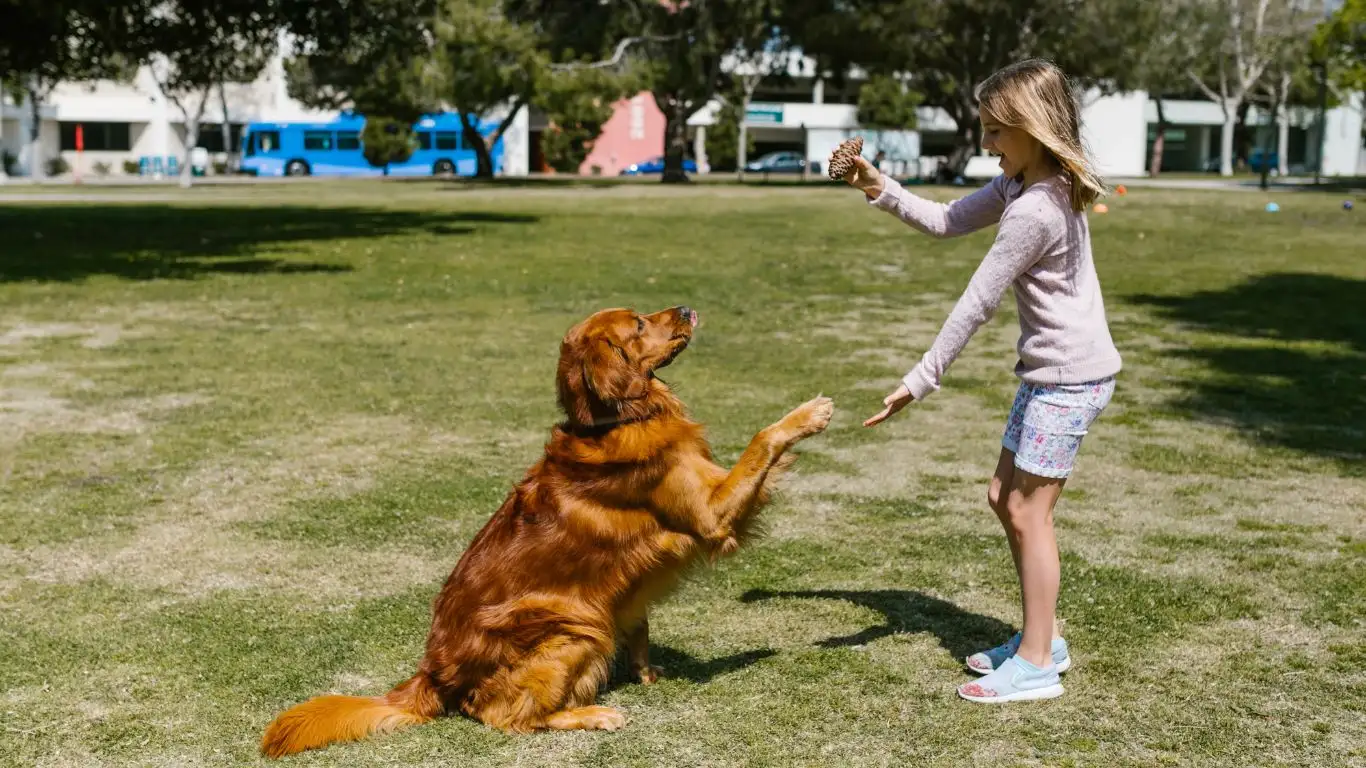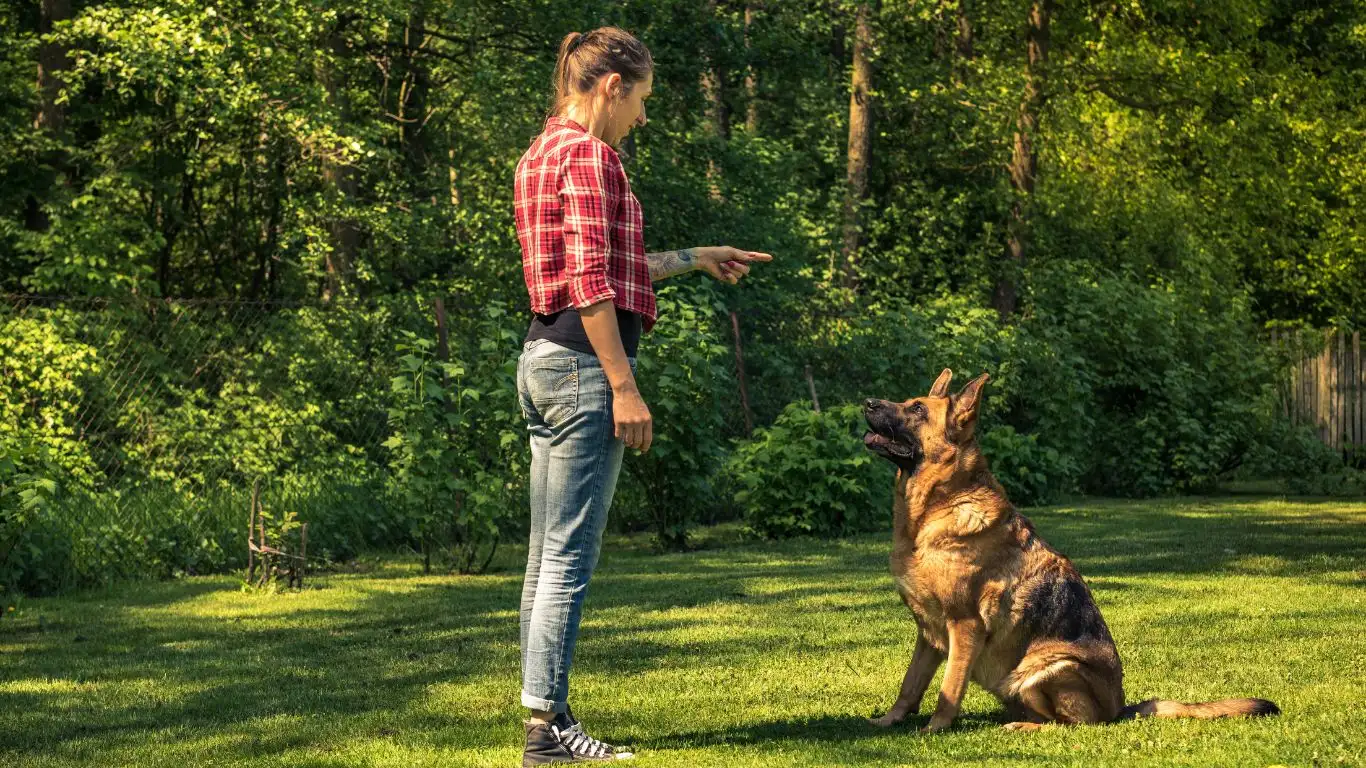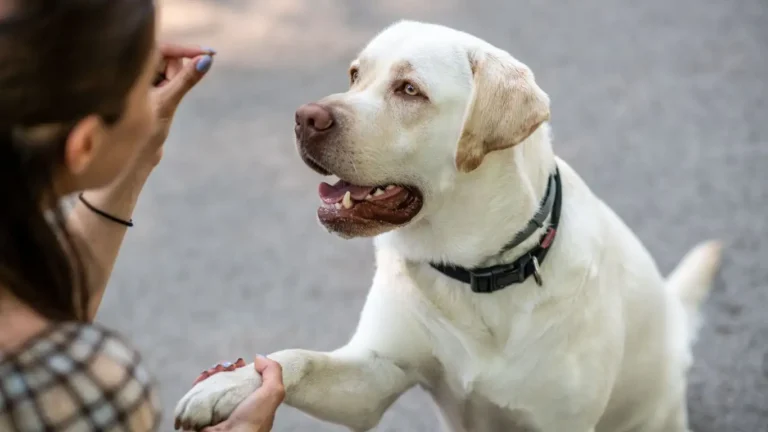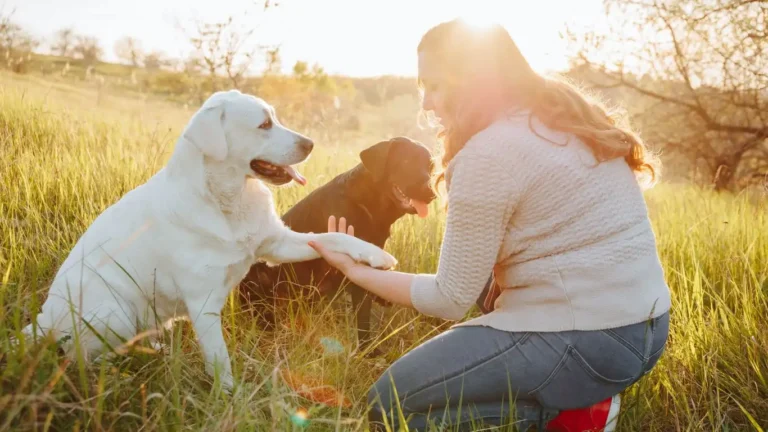How to Train a Dog to Relax During Home Renovations Without Stress
Renovations can be an exciting time for homeowners, but for our furry friends, the constant noise, unfamiliar people, and chaotic environment often mean stress and anxiety. If you’ve ever wondered how to train a dog to relax during home renovations, you’re not alone. As a Canine-Assisted Therapy Trainer, I’ve seen firsthand how overwhelming these periods can be for dogs—and how a few mindful strategies can make all the difference. Whether it’s hammering, drilling, or just the general hustle and bustle, dogs pick up on the tension and disruption. But with patience and the right approach, you can help your pup stay calm and comfortable throughout the process.
Understanding Your Dog’s Stress During Renovations

From my experience, dogs don’t just react to loud noises; they’re sensitive to changes in their routine and environment. The smell of paint, unfamiliar tools, and strangers coming and going can trigger anxiety in even the most easygoing pups. It’s important to remember that what might seem like just “noise” to us can feel overwhelming to dogs who rely on routine and predictability for their emotional security.
Many dog owners don’t realize that signs of stress can be subtle—panting, yawning, pacing, or even hiding in unusual spots. These behaviors often go unnoticed until the dog becomes visibly distressed. Before diving into training techniques, the first step is tuning into your dog’s specific cues so you can address their unique needs.
Why Dogs Struggle with Renovations
- Unpredictable noises: Drills, saws, and hammering disrupt the usual calm.
- Changes in space: Furniture rearranged, blocked off rooms, or new smells.
- Strangers in the home: Builders and workers can be intimidating for some dogs.
- Routine disruption: Walks, feeding times, and play sessions might get interrupted.
Understanding these triggers will help you empathize with your dog and set realistic expectations for their behavior during this chaotic period.
How to Train a Dog to Relax During Home Renovations

Now, let’s get into the nitty-gritty. The good news is that dogs are incredibly adaptable, and with the right training techniques, you can help your dog stay calm even when the house feels like a construction zone. In my years working with therapy dogs and pet parents, I’ve found that the key lies in creating a safe space and teaching relaxation cues your dog can rely on.
Create a Safe Haven
One of the first things I recommend is designating a “quiet zone” in your home where the dog feels safe and undisturbed. This could be a crate, a cozy corner, or a separate room away from the noise. Make this area inviting with their favorite blankets, toys, and maybe even some calming scents like lavender (used sparingly).
- Choose a spot that’s as far from the renovation noise as possible.
- Use barriers like baby gates if necessary to keep the dog out of construction zones.
- Introduce this space positively by rewarding your dog when they settle there.
This “safe haven” becomes their go-to retreat when things get overwhelming.
Teach a Relaxation Cue
Next, you’ll want to introduce a relaxation command. In my practice, I often use words like “settle” or “relax”. The goal is to help your dog associate the word with calm behavior. Start training this cue during peaceful times, rewarding your dog when they lie down calmly and stay relaxed for a few seconds. Gradually build up the duration and introduce mild distractions.
Once your dog understands the cue, you can use it during renovations to help redirect their focus and remind them it’s time to chill out. It’s a simple but powerful tool!
Managing Noise Sensitivity During Renovations

One of the biggest challenges when figuring out how to train a dog to relax during home renovations is managing noise sensitivity. Dogs have way more sensitive hearing than we do, so all that banging, drilling, and hammering can be downright terrifying. In my years working with therapy dogs, I’ve found that noise isn’t just annoying for them—it can be deeply stressful, triggering fight, flight, or freeze responses.
Here’s the thing: you can’t always control the sounds during renovations, but you can control how your dog experiences them. One of the first steps I take with pet owners is to gradually desensitize their dogs to renovation noises ahead of time whenever possible.
Sound Desensitization Techniques
Start by playing recordings of typical renovation noises—things like hammering, drills, or saws—at a very low volume. Over time, slowly increase the volume, but only as long as your dog remains calm. This gradual exposure helps reduce their fear response without overwhelming them. It’s a bit like training their ears to say, “Hey, this isn’t so scary after all.”
- Play the sound clips during positive moments—feeding time, playtime, or cuddles.
- Reward calm behavior with treats and praise.
- Pause or turn down the volume immediately if your dog shows signs of stress.
This approach isn’t a quick fix, but with consistency, I’ve seen dogs go from trembling at the first drill to snoozing right through a power saw.
Use Calming Aids Wisely
In some cases, calming tools can give your dog an extra boost of comfort. Products like snug-fitting anxiety wraps (think ThunderShirt), white noise machines, or even pheromone diffusers can help create a more soothing atmosphere. I always remind dog parents that these are tools to support your training, not replace it. The key is combining these aids with behavior techniques for the best results.
Keeping Your Dog’s Routine as Normal as Possible

One of the biggest reasons dogs get stressed during renovations is because their daily routine gets tossed out the window. And believe me, I’ve been there—juggling contractors, material deliveries, and my dog’s schedule feels impossible sometimes. But keeping your dog’s routine as normal as possible is critical for their emotional well-being.
Simple things like regular meal times, daily walks, and consistent play sessions act as anchors amidst all the chaos. When your dog knows that their favorite activities are still happening, it gives them a sense of stability that’s priceless during renovation season.
Tips for Maintaining Routine
- Stick to feeding times: Try not to skip or delay meals, even if your schedule is disrupted.
- Daily exercise: Regular walks or playtime help burn off nervous energy and boost mood.
- Consistent sleep spots: Encourage your dog to rest in their safe haven or usual sleeping area.
- Engage in calming activities: Puzzle toys or gentle training sessions can distract and relax your pup.
Personally, I always advise clients to plan renovation work around their dog’s downtime if possible. For example, scheduling the noisiest jobs when your dog is out on a walk or with a trusted pet sitter can reduce their exposure to stress triggers.
Using Positive Reinforcement to Build Confidence
One of the most powerful tools in my training toolkit is positive reinforcement. Teaching your dog to associate the renovation environment with good things can flip their perspective from anxiety to curiosity—and even calm enjoyment.
During renovations, reward your dog frequently for calm behavior, like lying quietly in their safe space or responding to your relaxation cue. Treats, affection, and verbal praise are all great motivators. I often remind pet parents that their dog’s brain is always taking notes—consistently pairing the stressful environment with rewards helps rewrite those anxious memories.
Simple Positive Reinforcement Strategies
- Carry treats and reward calm moments immediately.
- Use a clicker or marker word (“Yes!”) to precisely mark calm behavior.
- Practice short training sessions focused on relaxation throughout the day.
- Celebrate small wins—every calm moment counts!
Over time, these small but consistent rewards build a strong association between home renovations and positive experiences, which can reduce stress dramatically. From personal experience, I’ve seen dogs who initially cowered at the sound of a drill eventually wagging their tails while workers buzzed around.
Handling Unexpected Setbacks and Keeping Patience

Even with the best plans, renovations rarely go smoothly—and neither does training a dog to relax through all that noise and disruption. In my experience as a Canine-Assisted Therapy Trainer, the biggest ingredient for success is patience. Dogs pick up on our emotions, so staying calm and positive yourself will help your dog feel safer and more at ease.
There might be days when your dog’s stress levels spike, or they regress and act out with barking, pacing, or hiding. This is completely normal. It doesn’t mean your training isn’t working; it just means your dog is communicating their discomfort and needs a little extra support.
Strategies for Managing Setbacks
- Don’t punish anxious behavior: It only makes your dog more fearful and confused.
- Revisit relaxation cues: Go back to basics with “settle” or “relax” commands paired with high-value treats.
- Offer extra comfort: Spend more quiet time together in their safe space to rebuild security.
- Adjust your schedule: If possible, plan noisy work for times when your dog can be out of the house or with someone they trust.
From personal experience, I’ve found that dogs often respond better when they know their humans are calm and confident leaders. So, taking a deep breath and reminding yourself that this phase is temporary can really help you stick with it.
When to Seek Professional Help

Sometimes, despite your best efforts, your dog’s anxiety during renovations might be severe enough to warrant professional support. If your dog is showing signs of extreme fear—such as destructive behavior, refusing to eat, or severe trembling—it’s time to reach out to a qualified trainer or a veterinary behaviorist.
As someone who has worked closely with canine behavior specialists, I always encourage dog parents to trust their instincts. Getting expert advice doesn’t mean you’ve failed; it means you’re committed to your dog’s wellbeing. A professional can tailor a behavior modification plan specific to your dog’s needs, often incorporating specialized calming techniques and, in some cases, medication.
Finding the Right Help
- Look for trainers certified by reputable organizations like the Association of Professional Dog Trainers or behaviorists with veterinary credentials.
- Ask for referrals from your vet or local dog training clubs.
- Choose professionals who use positive reinforcement and science-based methods.
In my own practice, combining hands-on training with professional guidance has helped many dogs regain their calm during even the most stressful renovation projects.
Final Tips to Keep Your Dog Relaxed During Renovations
- Stay consistent: Stick to your dog’s routine and training even when things get hectic.
- Communicate calmly: Your tone and body language affect your dog’s stress levels.
- Use environmental management: Close doors, use white noise, or play calming music to mask loud sounds.
- Keep the safe zone comfortable: Refresh bedding, add favorite toys, and keep the area tidy.
- Provide plenty of mental stimulation: Puzzle toys, chew treats, and gentle training sessions can help burn off nervous energy.
Renovations are a temporary challenge, but the bond and trust you build with your dog during this time last a lifetime. From my heart to yours, a little patience, love, and training can turn chaos into calm.
References
Disclaimer
This article is intended for informational purposes only and does not replace professional veterinary or behavioral advice. If your dog is experiencing severe anxiety or behavioral issues, please consult with a qualified veterinarian or certified dog trainer.






